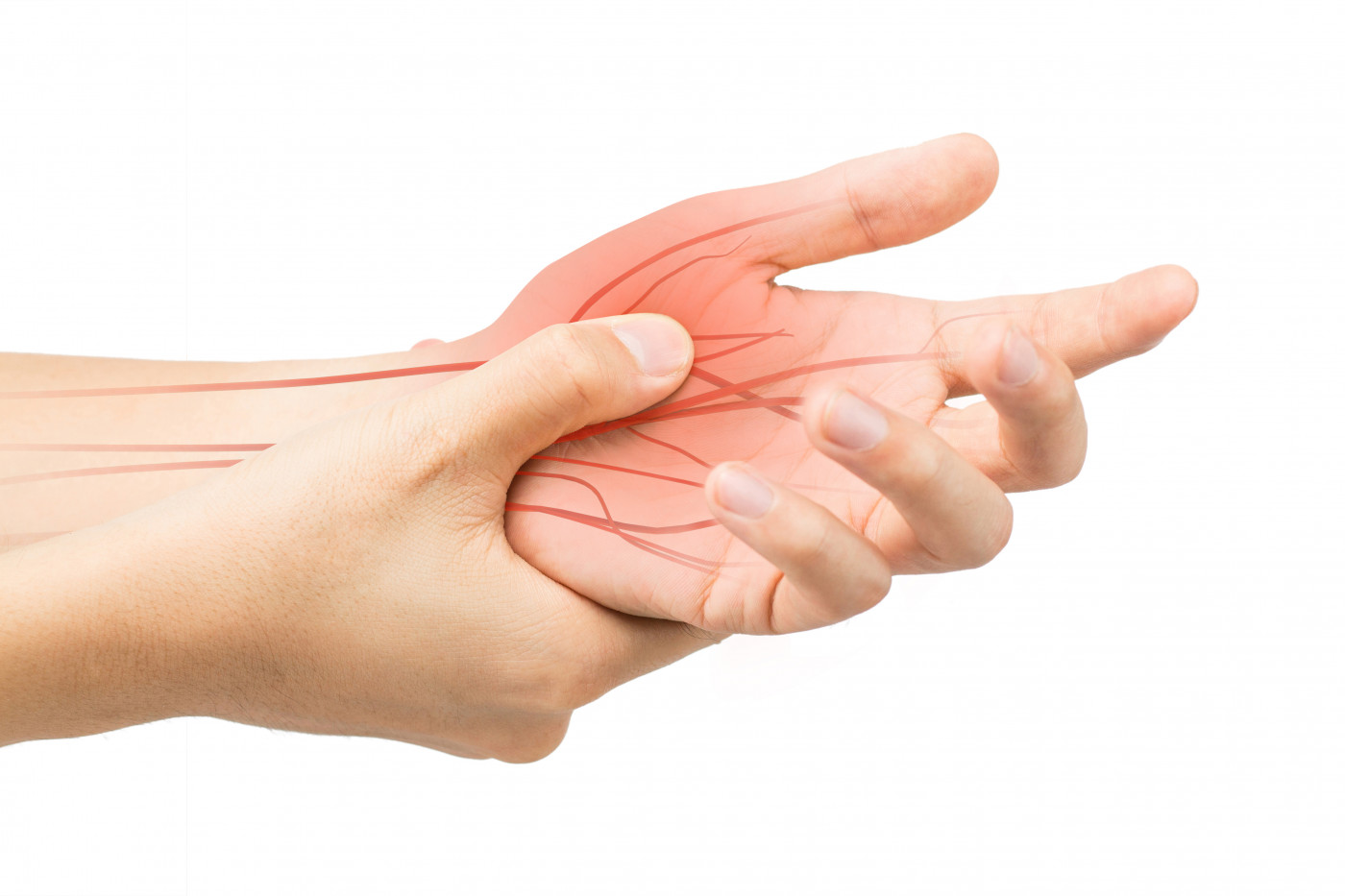Specific Rehab Protocol Improves Hand Function in CMT Patients, Study Reports
Written by |

A specific rehabilitation protocol improves hand function and is well-tolerated by patients with Charcot-Marie-Tooth disease, according to researchers.
The study, “Hand Rehabilitation Treatment for Charcot-Marie-Tooth Disease: An Open Label Pilot Study,” appeared in the Journal of Neurology & Neurophysiology.
CMT is characterized by the loss of nerve fibers and/or their protective layer, called myelin. Symptoms of CMT — including muscle weakness, loss of muscle tissues, and compromised sensory functions — usually start in the feet and legs but later spread to the hands and arms.
In the hands, CMT may cause two types of deformities, called “claw hand” — characterized by marked curvature of the fingers — and “simian hand,” which is an inability to move the thumb away from the rest of the hand.
Despite its variability, hand dysfunction is a relevant limitation in a patient’s quality of life and autonomy. It is also seen in patients with rheumatoid arthritis and epidermolysis bullosa.
A limited number of studies have addressed the benefits of hand rehabilitation in CMT. Also, although a program of self-selected, home exercises improved hand grip in CMT type 1 and type 2, clinicians and patients still lack standardized protocols dedicated to the hand.
Scientists aimed to address this gap by evaluating a rehabilitation protocol in both hands, including muscle recruitment, stretching, and proprioceptive exercises — which teach the body to control the position of the hand and include tasks such as turning marbles in the hand for a period of one minute.
The protocol lasted four weeks, with two sessions of 45 minutes per week. According to the investigators, the low frequency of sessions intended to avoid hand overuse.
The study was open-label, which means the proposed strategy was not compared to placebo or to standard treatment “because we were interested in quickly testing our experimental rehabilitation protocol,” the scientists said.
The strategy was tested in nine CMT patients (seven women, two men), with a mean age of 54.3, all right-handed. To objectively assess strength, the patients performed a voluntary contraction of both hands using an instrument called a dynamometer.
Then participants underwent a thumb opposition test (TOT), where they were asked to touch four fingers with the tip of the thumb. Score range in the TOT was 1 (minimum, touching the lateral side of the index finger) to 10 (maximum, in the little finger).
Finally, participants were also asked to do the Sollerman Hand Function Test (SHFT), a test using activities of daily living.
Results showed improvements in both tripod pinch strength and hand grip in the right, or dominant, hand. Improvements in the left hand were not statistically significant.
Also, both hand function and TOT scores improved in both hands with the rehabilitation protocol. No worsening was detected in any scale. SHFT results showed a significant improvement after the intervention.
The data also showed that all patients followed the entire treatment protocol, reporting satisfaction and feeling better after the rehab treatment.
“This is a very interesting result, because in our personal experience home self-administered exercises are difficult to follow and show very low compliance by the patients,” the investigators wrote.
“Our open-label trial of hand rehabilitation with specific exercise shows that the protocol proposed is well tolerated and effective to improve the hand functionality in patients affected by CMT and may constitute the basis for future controlled trials,” they added.
The scientists said the low number of participants, the lack of a placebo group, and of significant improvements in the nondominant hand warrant more research.




